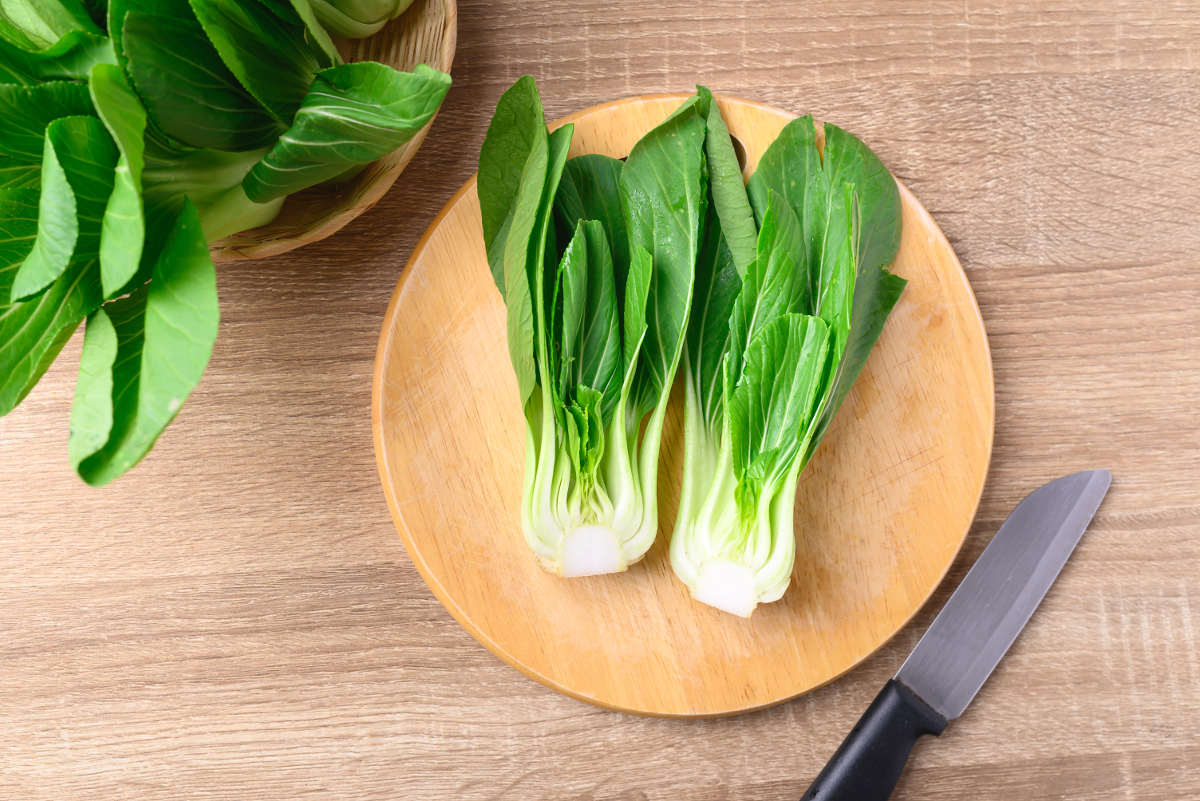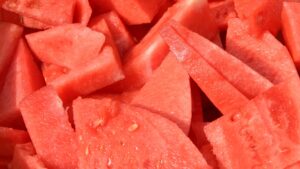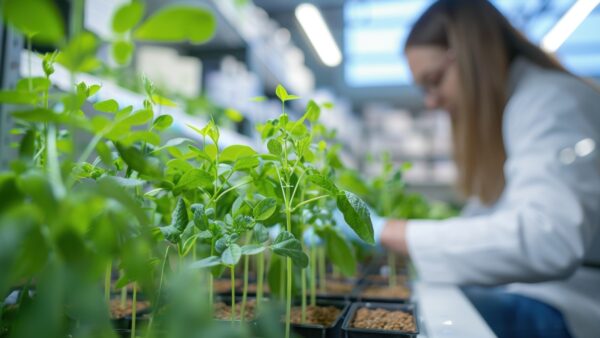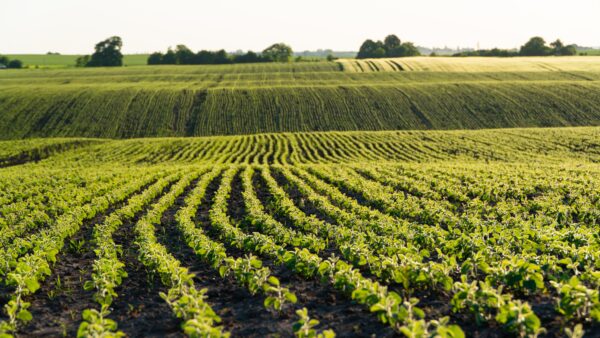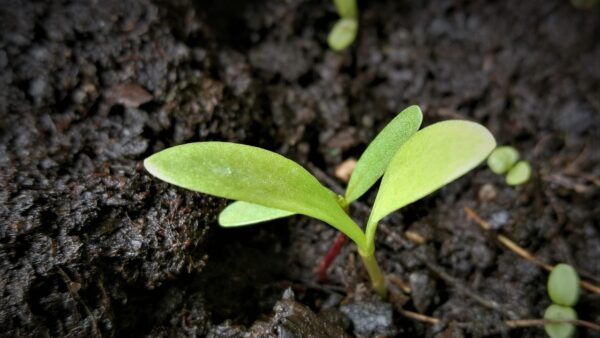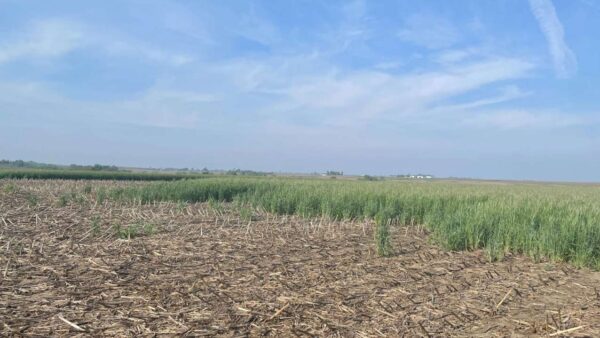Consumers are finding out about the difficult realities of post-pandemic travel. The seed industry is bringing a world of fresh produce right to their dinner plate.
According to a recent article from Pennsylvania University Extension, consumers are trying to find ways to experience tastes from other countries outside their homes and gravitating toward foods from foreign lands, as a way to deal with not being able to conveniently travel abroad.
In South Korea and Asia at large, we enjoy a wide range of western fruits and vegetables. I was always surprised that westerners didn’t have access to much Asian produce, other than the standard fare often featured in westernized Asian cuisine.
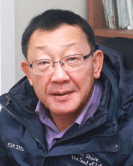
Asia Seed Co.
In 2004, when we started Asia Seed, we wanted to bring Asian produce to the West. Our goal was to provide nutritious, affordable and practical food. It was an exciting challenge.
Consumers will increase their intake of healthy food if that food is tasty and exciting to them.
People in North America have a taste for food that comes from other continents; according to Technomic’s Ethnic Food & Beverage Consumer Trend Report, among the 87% of consumers who ever order ethnic fare or food with ethnic flavors:
- 32% would be willing to pay extra for authentic ethnic fare
- 44% always prefer completely authentic fare, while 23% say their preference changes based on the cuisine
- 36% like to explore regional varieties of mainstream ethnic cuisines to try new foods and flavors
Colorful ingredients like pakchoi (also known as bok choy), tatsoi (a kind of Asian spinach), and different brassica leaves are an eye-catcher in the supermarket bagged salad section. American growers need good seed varieties to produce these colourful greens, which we work tirelessly to provide.
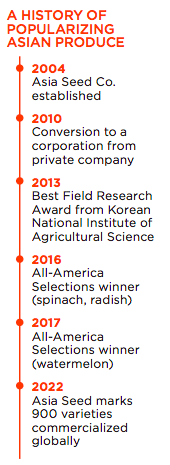
Tatsoi is considered the “new spinach” and is proving popular in bagged salad green mixtures. It’s closely related to bok choy, of which the United States is a major consumer. The U.S. imports millions of pounds of bok choy each year, mainly from Mexico, but bok choy can be grown in most areas of south Florida year-round. In north Florida, it can have two or three growing seasons per year, the University of Florida notes. Other American growing areas are California, Texas and Arizona.
The United States Department of Agriculture notes that watermelon has long been America’s favorite melon. As U.S. consumption has steadily increased over time, imports have also increased to fulfill year-round consumer demand, the USDA says in a recent article. In the United States, more than $500 million worth of watermelon commercially every year, with Georgia growing the most, the University of Missouri notes.
Asia Seed is developing many types of watermelon and other melon with special and unique characteristics. We are working to breed various resistance traits into them; in 2017, we had the honor of being an All-America Selections winner in the watermelon category.
Having commercialized over 900 varieties over the past two decades, working with partners around the world to bring new vegetable and fruit varieties to consumers’ tables is our passion.
People like the experts on our team at Asia Seed are helping provide the seed needed to grow these “exotic” plant varieties and helping usher in a new era of exotic Asian food in America and around the globe.


